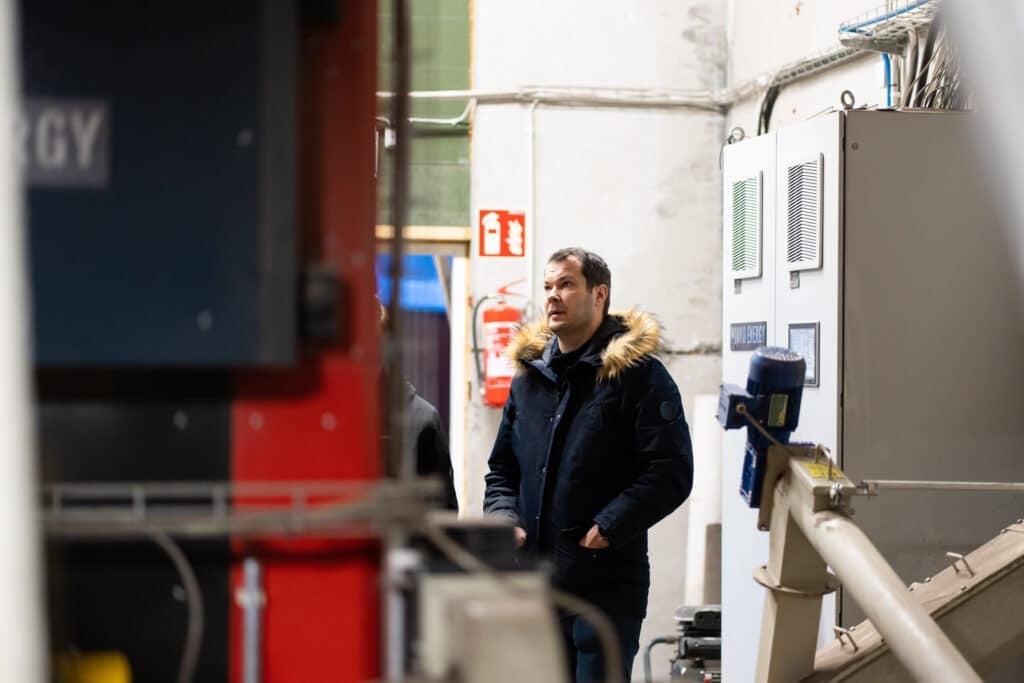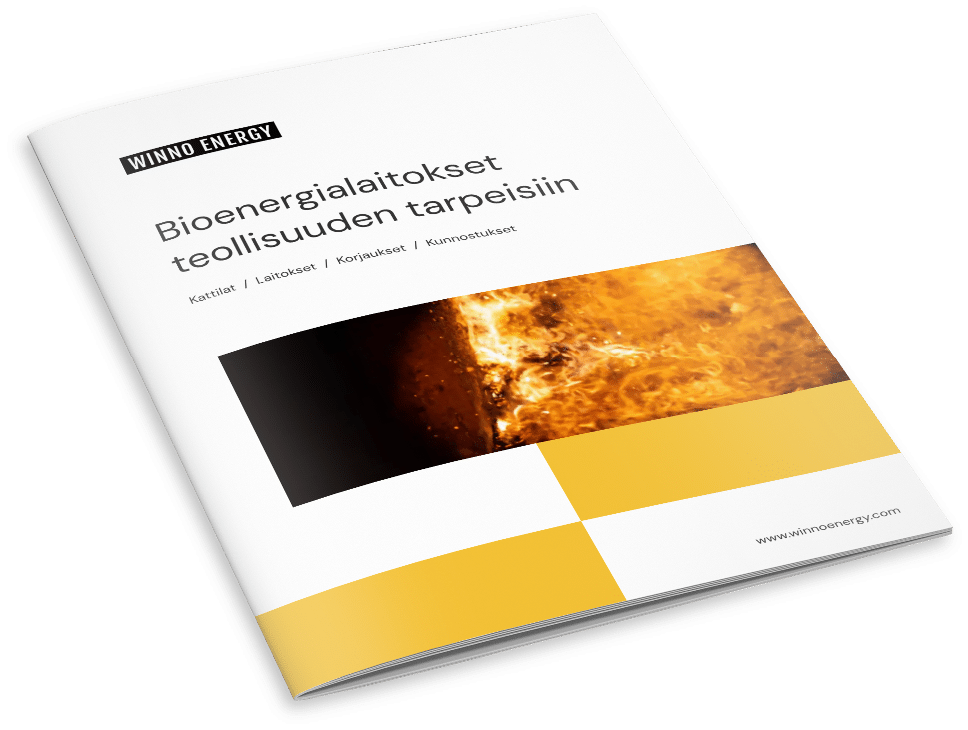In the world of energy production, biomass Combined Heat and Power (CHP) systems have emerged as a sustainable, efficient, and eco-friendly solution. These systems are especially prevalent in countries like Finland, which boasts rich biomass resources. A notable technology enabling these biomass CHP systems is the pyrolysis reactor, or gasifier, a concept rooted in old technology but refined and modernized for today’s energy demands.

Understanding the CHP gasifier
The principle behind the gasifier is not new. It traces its roots back to World War II, where wood gas was used as a fuel source for vehicles. Over the years, this wood gasification technology was incrementally improved and adapted for alternative energy production. The essence of this technology is still the same, but the sooty, complicated operation is now a thing of the past.
The gasifier, in essence, is a biomass CHP power plant, designed to convert wood chips or other forms of biomass into gas for fuel. This process, known as gasification, involves heating the biomass in an oxygen-deprived environment, causing it to break down into hydrogen, carbon monoxide, and small amounts of other gases. The product gas is then used to fuel an engine or turbine, generating electricity and heat.
One notable innovator in this field was Eero Kangasoja, a Finnish engineer who developed a gasifier that shares clear commonalities with its historical counterpart but stands apart in its product gas properties and feedstock requirements. Kangasoja’s gasifier marked a significant breakthrough in the biomass energy market.

The Pyrolysis Reactor Process
The biomass, typically mixed wood chips, is fed into the reactor, where it’s heated to temperatures exceeding 1000°C. However, the oxygen supply is significantly restricted, allowing only partial combustion. The resulting product gas, consisting of hydrogen and carbon monoxide, undergoes a thorough cleaning process to separate carbon and soot particles.
The gas is cooled during the cleaning process, and the heat generated is recovered through heat exchangers, contributing to around 60% of the plant’s total output. The cleaned product gas is then fed into an engine, which, unlike traditional models, doesn’t contain a gasifier but rather a throttle mechanism to control the supply of the product gas.
The engine emissions mainly consist of carbon dioxide and water, with only 0.4% being carbon monoxide. Both the feed of wood chips and the handling of the resulting waste carbon can be automated, making the process smooth and efficient. The gasification process can be adjusted according to the power demand, accelerating when more product gas is needed.
Case study: Winno Energy
Winno Energy has harnessed the innovation of Kangasoja, presenting robust CHP systems that provide 20KWe and 40KWe power plants. These units are compact and can be installed within a sea container, making them easily transportable and adaptable to various settings.
One of the key advantages of Winno Energy’s CHP systems is their ability to use biomass fuel with a moisture content of up to 30%. This eliminates the need for biomass fuel dryers, which are commonly required by competing systems. This feature significantly reduces the operational costs and makes the system more efficient.
Moreover, Winno Energy’s CHP gasifier has a start-up time of merely 2-3 minutes. This rapid start time greatly improves the system’s responsiveness to fluctuating power demands. The gasification process, when operating correctly, also produces tar-free gas, ensuring the longevity and efficiency of the system.
In conclusion, Winno Energy’s biomass CHP systems exemplify the potential of gasification technology in providing sustainable, efficient, and eco-friendly energy solutions. The legacy of innovators like Eero Kangasoja lives on in these advanced systems, demonstrating how far we’ve come in our quest for green energy.


